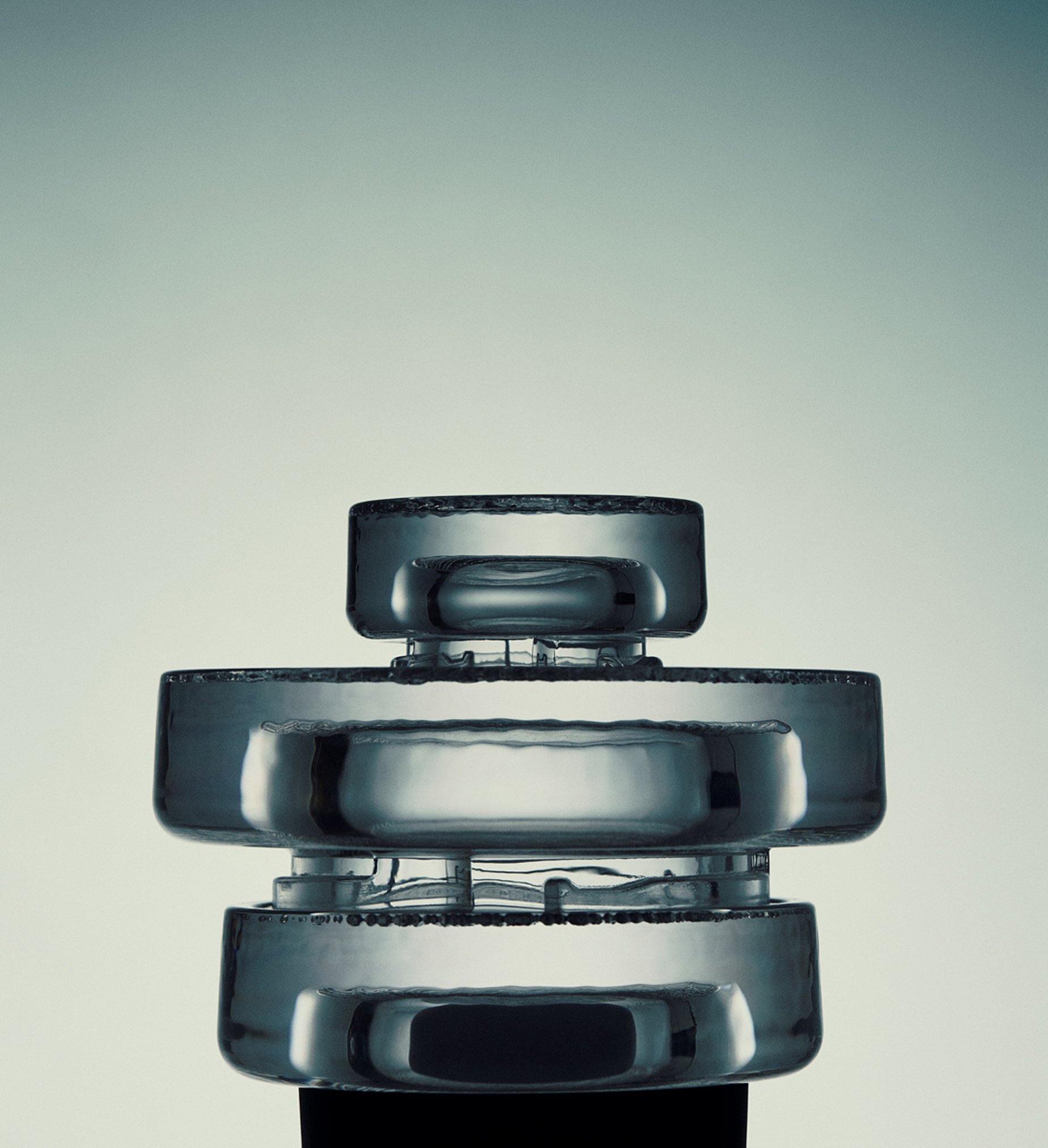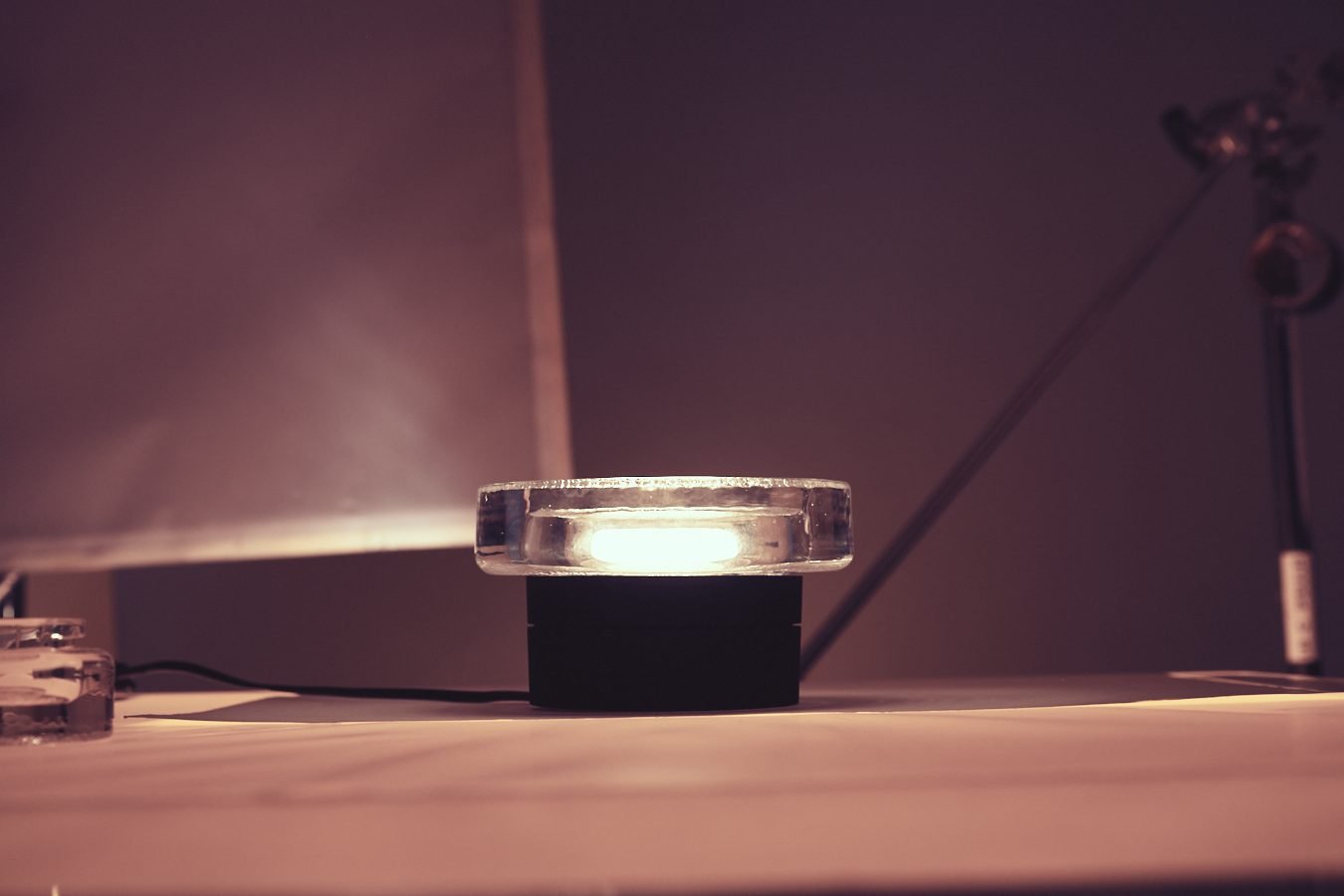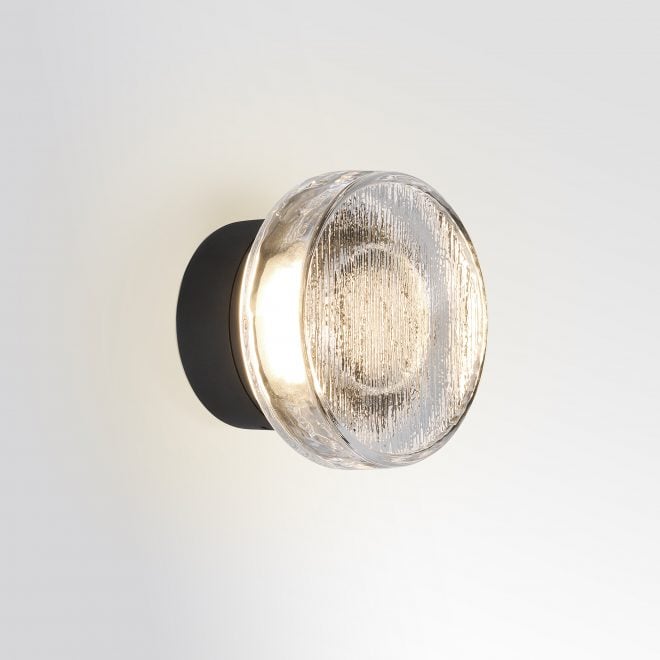Light Stories
Roc x Bureau Mono
Roc
Bureau Mono is a collective of photographers that operates under its own rules, in the space between what’s shown and what’s concealed, where composition becomes obsession and light becomes poetry.
For this chapter of Light Stories, we enter their mysterious universe to understand how they see, how they work, and how they transform the way we see objects to reveal the emotion they contain.
Thanks for stepping out of the shadows to share some time with us.

Bureau Mono is a project wrapped in a special aura, with a certain mystery. How was the project born and what's behind this name? Are you a collective, a duo, or a single vision?
BMAll of them and none at the same time. The name has multiple meanings, among which perhaps the best to answer this question is the juxtaposition between the collective (bureau) and the singular (mono). Bureau Mono is, above all, an umbrella under which to group the ideal set of individuals for the development of each project. There is a central axis, yes—sometimes it's bureau and other times it's mono.
Your work has a very distinctive quality. Which photographers, artists or visual movements have shaped your way of looking at and capturing images?
BMFrom grandmothers to bus airbrush artists, the university of life. If it's about name-dropping: Berenice Abbott, Josef Albers, Bernd + Hilla Becher, Bill Brandt, Bert Danckaert, Thomas Demand, William Eggleston, f/64, Luigi Ghirri, Harry Gruyaert, Guido Guidi, Edward Hopper, Ana Mercedes Hoyos, Robert Mapplethorpe, Leo Matiz, Robby Müller, Alejandro Obregón, Irving Penn, Omar Rayo, Albert Renger-Patzsch, Sugimoto Hiroshi, Edson Velandia…
What is your working process like? Do you always start from a clear concept or do you leave room for improvisation and discovery during the session?
BMImprovisation is key and the usual starting point. Sometimes we start with very clear ideas seeking to materialize a "previsualization," however, once found, it usually gets left by the wayside because the discoveries and contributions made during the process have taken us to a new place. It's a kind of jam session where each individual contributes phrases and we develop the text together.
How do you balance the need to show an object with the desire to create an image that moves people?
BMWe photograph what has previously moved us.
There's an obsessive attention to detail in your images: textures, materials, shadows. What role does composition play in your work and how do you decide which elements to include or remove from a frame?
BMExcellent question. Better to undress than to dress, no?

How do you understand light in your work? What are you looking for when you illuminate a scene or an object?
BMSomeone said that light reveals, and shadows define.
Do you have a preference for working with natural or artificial light? How does your approach change when you photograph with one or the other?
BMWe don't discriminate here; the most stimulating results (equally so, hopefully, for the viewer) lie in working with one and making it look like the other.
What's in the shadow? What is its value?
BMEverything. Everything is contained in the idea of shadow, and it continues to be even when some fragments are selectively illuminated.
What specific challenges does photographing lamps present? How do you capture an object whose function is precisely to emit light?
BMUnderstanding lamps as tools for staging atmospheres, the search for balance between the object and its character.
What is your favorite design from the Marset catalogue? Why?
BMDipping Light by Jordi Canudas. For the idea and the simplicity. It's an object that, in addition to illuminating, creates an atmosphere by sculpting light through the addition of layers that modify it, preserving the uniqueness and character that artisanal processes confer.


